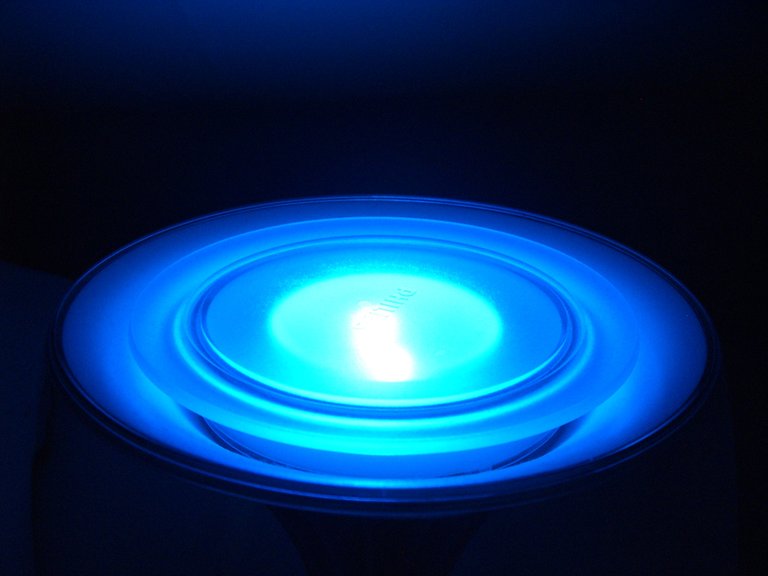High-intensity LED lights

LEDs have changed the world of light sources, but they are not perfect. One of the main problems is the loss of brightness as the current intensity increases. Researchers at the University of California propose a solution.
The key is in the LED structure, a semiconductor layer between two metal electrodes. Applying the electric current to the electrodes, electrons are combined with positively charged zones in the semiconductor layer, and this combination emits light. But in addition to the combination a lateral electric current is generated in the semiconductor layer. This current increases as the electrical intensity between the electrodes increases. Consequently, from an intensity, the LED loses luminosity. Because it works very well to illuminate mobile screens, but it is not useful to make a powerful lamp, so large lamps have to combine many small LEDs.
To solve the problem, researchers at the University of California have manipulated the lateral current of the semiconductor layer in blue LEDs. The material of the layer, gallium nitride, has been crystallized in a certain orientation during the manufacture of the LED, which has allowed to ‘channel’ the lateral current and that the resulting electric field is small. Consequently, most of the current has been led to light generation. The numbers are significant, with ten increases in intensity, conventional LEDs present a loss of efficiency of 60%, while LEDs from California researchers only reach 14%.
Buletina
Bidali zure helbide elektronikoa eta jaso asteroko buletina zure sarrera-ontzian











